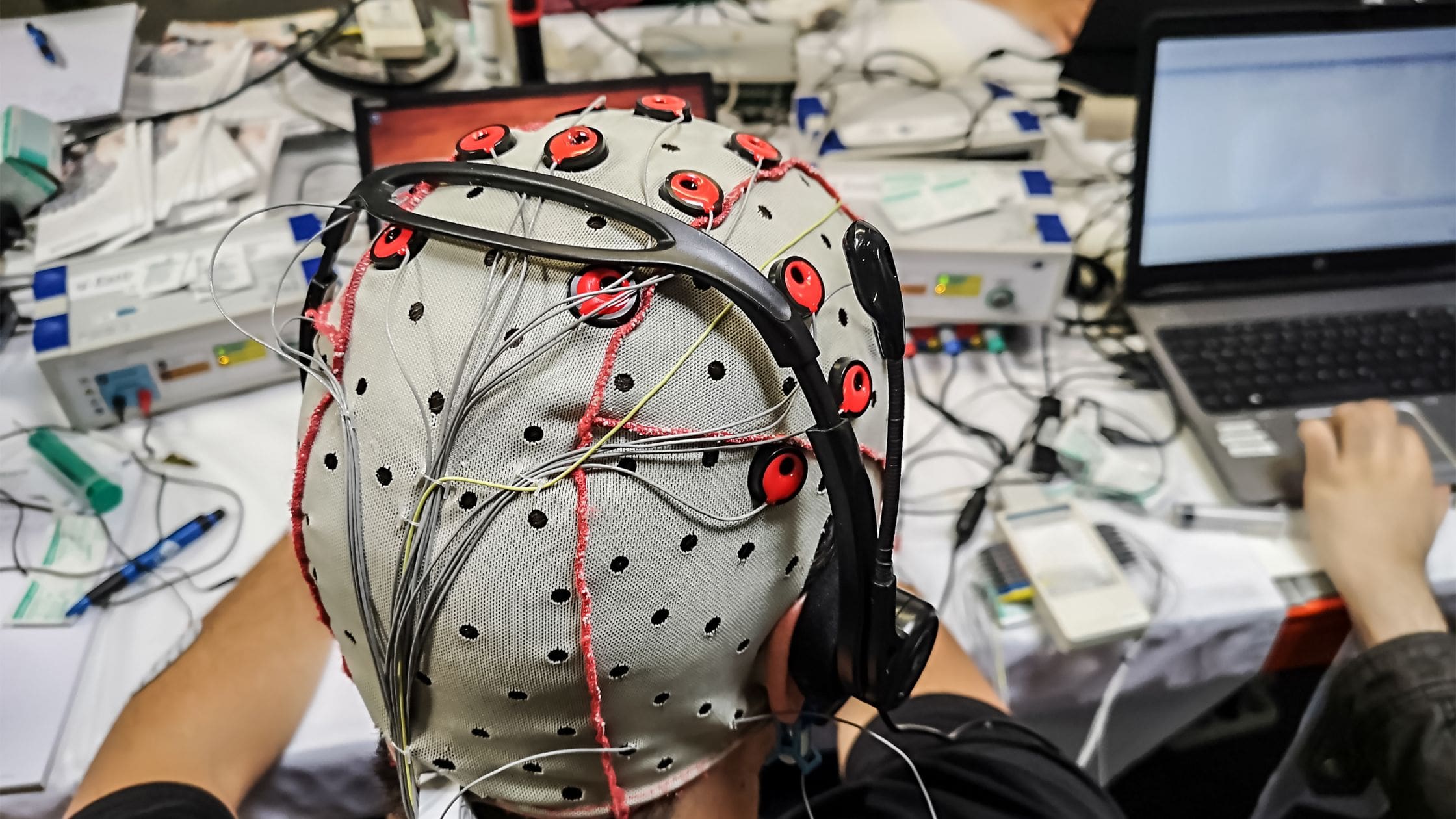It’s a common refrain: despite covering 71 percent of Earth, less than 20 percent of the ocean has been mapped or explored by humankind. Much of it hasn’t even been seen! Thousands of feet deep and teeming with life, the ocean is overflowing with possibilities.
So although we have charted more of the Moon and Mars than our own seas, oceanographers are working hard to catch up. At their disposal are a myriad of tools, from robotics to submersibles and beyond. This technology enables studies of the ocean floor, unique flora and fauna, and the effects of climate change.
Below is some of the tech responsible for recent breakthroughs in deep sea exploration.
Remotely Operated Vehicles
The Mars Perseverance rover has some formidable competition on Earth in the form of remotely operated vehicles (ROVs). Deployed underwater and tethered to a research vessel, ROVs allow scientists to explore coral reefs, large ocean beds, and deep trenches from the comfort of a control room. They are typically equipped with video cameras, sonar systems, lights, and buoyancy packs to make it easier to manipulate remotely. Advanced ROVs also have robotic arms and containers to collect biological and geological samples during repeated trips.
ROVs started in the 1960s when the US Navy needed them for surveillance and equipment recovery, but they’ve since made waves as an efficient and sustainable way to chart the seven seas (actually…50 seas).
In October 2022, the Ocean Exploration Trust’s ROV Hercules recovered a massive, ancient tooth from a depth of 10,130 feet. Its location and size hint at the possibility it once belonged to a megalodon, the apex predator that went extinct millions of years ago.
Autonomous Underwater Vehicles
Similar to ROVs in that no human needs to take a dive, autonomous underwater vehicles (AUVs) complete research missions without the constant piloting of an operator. Untethered from any ship, AUVs are torpedo-like and self-sufficient. They are programmed to create highly-detailed maps of the ocean floor using sonar technology and flash photography.
Some AUVs can reach nearly 20,000 feet underwater and explore for months. At the end of a mission, researchers retrieve the AUV and process any data stored within it.
NOAA Ocean Exploration recently awarded a grant to a University of Washington team to use AUV-based acoustic mapping to better investigate hydrothermal vents. These vents boast varied biological communities and metal deposits but are poorly understood because of their depth. The project will analyze and categorize seafloor vents off the Oregon and Washington coasts, providing crucial information to researchers, policymakers, and the public.
Undersea Instrumentation Devices
Dozens of small devices are sent out to collect data from the ocean every year — tracking growth on coral reefs, recording whale calls, and obtaining water samples at varying depths.
In Monterey Bay, located on the coast of California, the Monterey Accelerated Research System (MARS) is a cabled unit that sits 2,923 feet below the surface and provides power and data transfer for up to eight underwater instruments at a time. Right now, two hydrophones and a “fish finder” called DEIMOS are connected to MARS to track the ocean soundscape.
Most instrumentation devices provide researchers with data about a specific body of water. However, drifters, composed primarily of sails, are made to move. They track the flow of ocean currents by hitching a ride on them and transmitting data via satellites. Drifters offer insights into weather patterns around the globe as well as the potential path of pollutants in the event of an oil or waste spill.
Human-led Missions
Humans have been interested in the ocean for millennia, from Aristotle to Charles Darwin onboard the HMS Beagle. Only in the past fifty years has technology matched our ambitions to descend into its watery depths, seeing eye to eye with the species that have adapted to dwelling in the cold and the dark.
Before ROVs and AUVs dominated the scene, submersibles that fit 1 to 3 people inside were key to unlocking the ocean’s secrets. One of the first submersibles, Alvin, was built in 1964 and made 4,400 dives. Alvin helped humans explore the Titanic’s wreck and recover military equipment. And speaking of the Titanic, director James Cameron became one of the first people to descend into the deepest part of the Mariana Trench (6.8 miles down) in 2013, returning with nearly 68 new species for scientists to study.
Submersibles provide immense knowledge about the deepest recesses of the sea. Similarly, underwater research stations, like NASA’s Aquarius off the coast of Florida, give researchers time and space for prolonged investigations and hands-on experience.
All together, advanced technology allows us to plumb the depths to answer questions about sustainable building materials, water filtration systems, climate change, and more.




